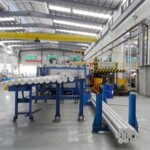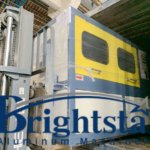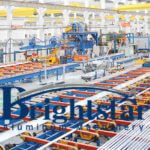Everything You Need To Know About The Causes Of Granular Burrs In Aluminum Profiles And How To Solve Them
Everything You Need To Know About The Causes Of Granular Burrs In Aluminum Profiles And How To Solve Them
The causes of granular burrs in aluminum profiles and how to solve them?
In the extrusion production of aluminum profiles, there are some small particles adsorbed on the surface of aluminum profile to varying degrees.
This kind of surface defect only has a slight hand feeling, which is difficult to find without careful observation or touch. However, it seriously affects the appearance of anodizing, electrophoretic painting and powder coating aluminum profiles, reduces production efficiency and yield, and is a fatal defect of high-end decorative aluminum profiles.
Therefore, analysis of its formation mechanism, continuous observation and analysis in the extrusion production practice, a summary of its causes, and timely measures are effective means to reduce or eliminate the occurrence of such defects.
Analysis of the causes of granular burrs adsorption
There are four types of granular burrs on the surface of extruded aluminum profiles:
1. Air dust adsorption, dust, aluminum scraps, oil and water produced by aluminum billet heating furnace condense into particles and adhere to the surface of the hot extrusion aluminum profiles.
2. Impurities in aluminum billets, such as metal inclusions and non-metallic inclusions left by insufficient refining.
3. Dust adhesion in the aging furnace.
4. The defects in aluminum billet and the β-phase AlFeSi in the composition precipitate at high temperature, which reduces the plasticity of the metal and the tensile strength, resulting in granular burrs.
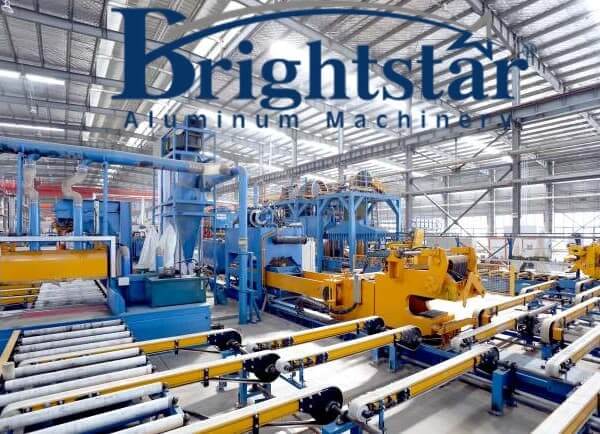
The factors affect the granular burrs
1. The factor of aluminum billet quality
Due to the high-temperature casting, the casting speed is fast, and the cooling strength is large, the β-phase AlFeSi in the alloy cannot be transformed into the spherical α-phase AlFeSi in time.
Because the β-phase AlFeSi presents an acicular structure in the alloy, with high hardness, poor plasticity and low tensile strength in the performance.
It will not only induce extrusion cracks during high-temperature extrusion, but also produce granular burrs.
This burr is not easy to clean and has a strong hand feeling. Tadpole-like tails are often accompanied near the granule.
Observed under a metallographic microscope, it appears grayish brown, The ingredients are rich in iron.
Impurities in the aluminum billet are affected by the insufficient refining of the aluminum billets during the melting and casting process.
The dust, refining agent, covering agent, powder coating and oxide film inclusions are mixed into the billets, these substances make the plasticity of the metal and the tensile strength is significantly reduced, and it is easy to produce granular burrs.
The common structural defects of aluminum billets include looseness, coarse grains, segregation, bright grains, etc. All these casting billets defects have one thing in common, that is, poor welding with the casting billet matrix, resulting in discontinuity of matrix flow.
During the extrusion process, the inclusion is easily separated from the matrix.
When passing through the working belt of the mold, it adheres to the inlet end to form sticky aluminum, which is continuously pulled out by the flowing metal, and it is easy to produce granular burrs.
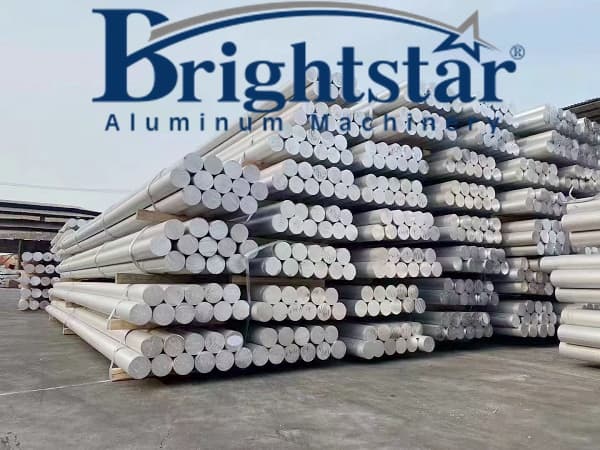
2. The factor of mold
In extrusion production, the mold is working under high temperature and high pressure, and the mold is elastically deformed under the influence of pressure and temperature.
The working belt of the mold starts to be parallel to the extrusion direction. After being pressed, the working belt deforms into a horn shape.
Only the cutting edge of the working belt contacts aluminum profile to form sticky aluminum, which is similar to the cutting edge of a turning tool.
During the formation of the sticky aluminum, particles are continuously carried out by the aluminum profile and adhere to the surface of the aluminum profile, resulting in “adsorbed particles”.
With the continuous increase of the sticky aluminum, the mold rebounds instantaneously, and the bite mark defect will be formed.
If the sticky aluminum accumulates too much and cannot be pulled out by the aluminum profile, the sticky aluminum will not fall off when the mold rebounds instantly, which will cause problems such as rough surface of the profile, bright stripes, tearing of aluminum profile, and mold blocking.
The extrusion die we are currently using is basically a flat die. When the aluminum billet is not peeled, the surface of the cast billet and internal impurities accumulate in the dead zone of the metal flow in the mold.
With the advancement of the extrusion cast billet and the number of aluminum extrusions, the impurities in the dead zone are constantly changing, and some of them are taken out by the normal flowing metal and accumulated in the space after the deformation of the working belt.
Some are pulled off by aluminum profile, forming granular burrs. Therefore, the mold is the key factor that causes the granular burr.
In addition, the higher the roughness of the surface of the die, the lower the hardness of the surface of the working belt, which is also one of the reasons for the adhesion of aluminum and the formation of granular burrs.
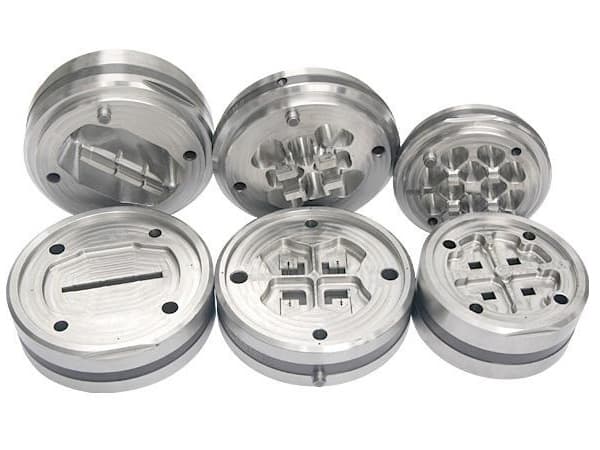
3. The factor of the extrusion process
It was found in extrusion that the correct selection of extrusion process parameters is also an important factor affecting granular burrs.
Through field observation, the extrusion temperature and extrusion speed are too fast, the more particle burrs will be.
The reason is that the temperature is high, the speed is fast, the flow speed of the aluminum profile increases, the degree of deformation of the mold increases, the flow of metal is accelerated, and the deformation resistance of the metal is relatively weakened, and it is easier to form aluminum sticking phenomenon;
For large extrusion coefficients, the deformation resistance of the metal is relatively increased, and the dead zone is relatively increased, which improves the conditions for forming sticking aluminum, and the probability of forming “adsorbed particles” increases;
If the temperature difference between the heating temperature of the casting billet and the mold is too large, it is easy to cause the problem of granular burr.
4. The factor of aluminum extrusion surface
Dust, water, and oil in the air strongly adhere to the surface of the aluminum profile.
The reason is that the hot extruded aluminum profile adheres to dust when it encounters dust, chemically reacts and produces a colloidal substance, which combines with the dust in the furnace during the aging process.
Generate larger granular burrs, which are not easy to remove in the subsequent anodizing, electrophoresis, powder coating and wood grain effect sublimation processes.
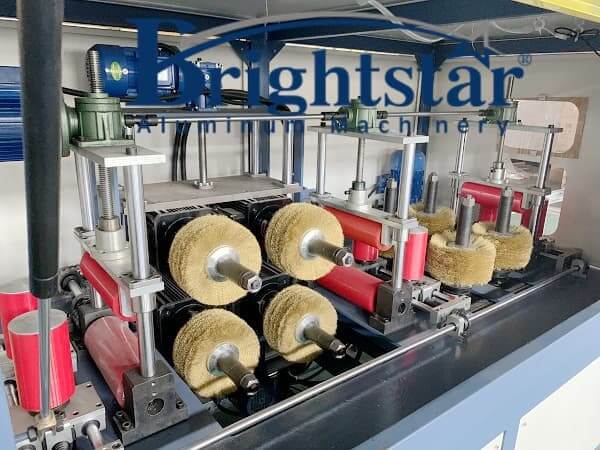
Measures to reduce granular burrs
1. Improve the quality of aluminum billet
For the high-quality requirement of aluminum profile surface, the furnace chamber should be cleaned during the process of casting billet, and raw materials and auxiliary materials should be optimized; not use powder coating aluminum profiles as raw materials for the melting; select high-quality aluminum ingots, etc., to strengthen the control of the casting process, prevent casting defects, etc., improve the high-temperature plasticity of the metal, and reduce the chance of granular burrs.
2. Improve the quality of mold
Pay close attention to mold quality, optimize mold structure design, reduce dead zone metal inflow, improve mold strength and rigidity, reduce mold extrusion deformation, adopt a reasonable nitriding process, improve working belt hardness and improve polishing quality, and reduce metal adhesion.
3. Optimize the extrusion process
Optimizing process parameters, different aluminum alloy components and aluminum profile sections, according to the principle of aluminum alloy extrusion, using reasonable extrusion process temperature, segmented control of the extrusion speed, reducing the temperature difference between the billet temperature and the mold temperature, and increasing the temperature difference between the extrusion container and the billet, which can further reduce the inflow of dead metal and the inflow of metal oxides and inclusions on the surface of the cast billet, thereby reducing the appearance of inclusion and burrs.
4. Strengthen field management
Adopt “5S” on-site management for all work sites to improve environmental quality, clean the surface of cast billet, reduce the adhesion of ash and dust, prevent “leakage and venting”, clean up the dust on the surface of aluminum profile in time, and reduce the adhesion of dust as much as possible.
5. Granular burrs cleaning with the machine
Aluminum profile surface defects brushing machine can be applied before anodizing, powder coating and wood grain effect sublimation process.
It can remove the granular burrs effectively and brighten the aluminum profile with high efficiency.
Minimize or avoid the quality problem and reduce the NG rate and increase your profit.

